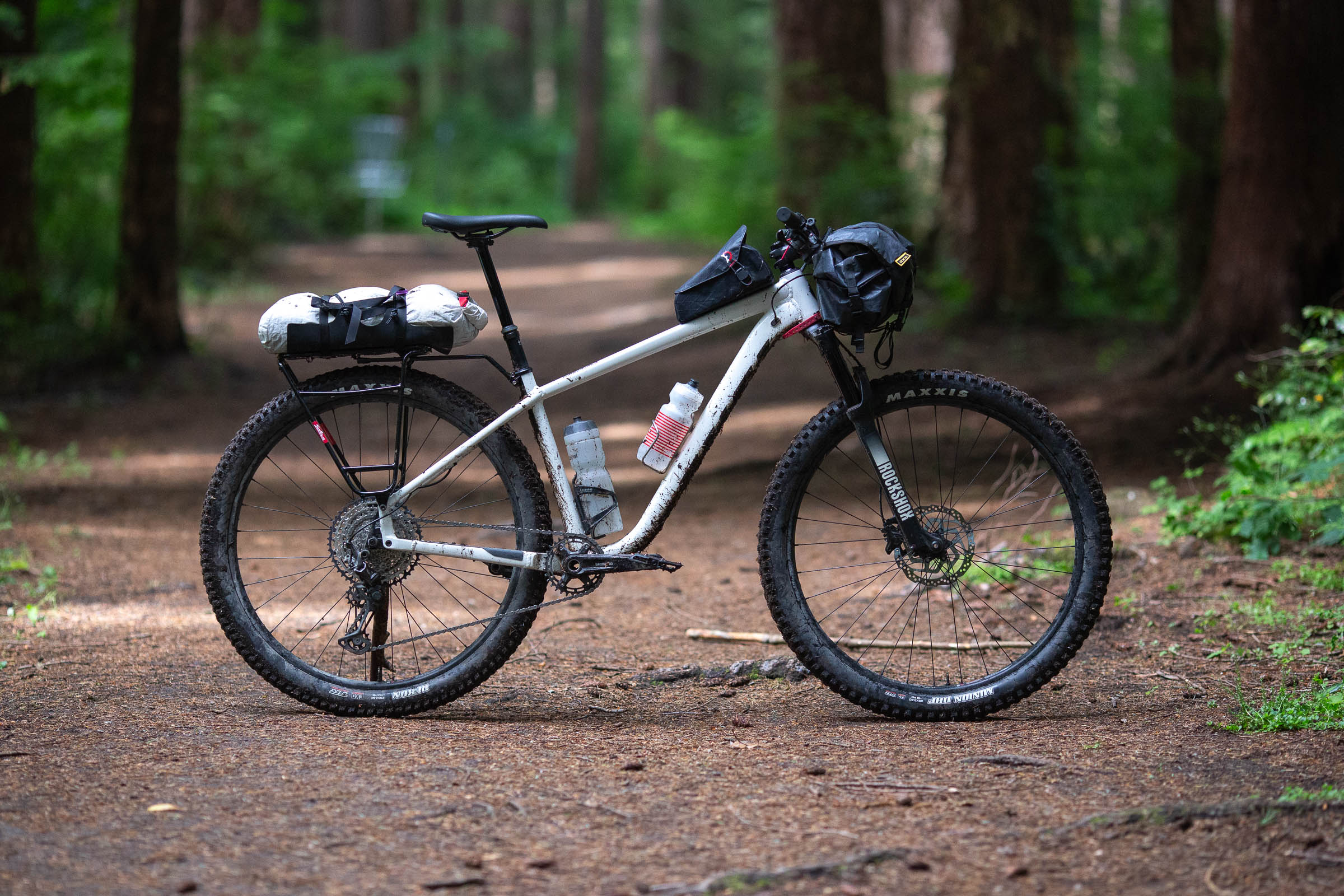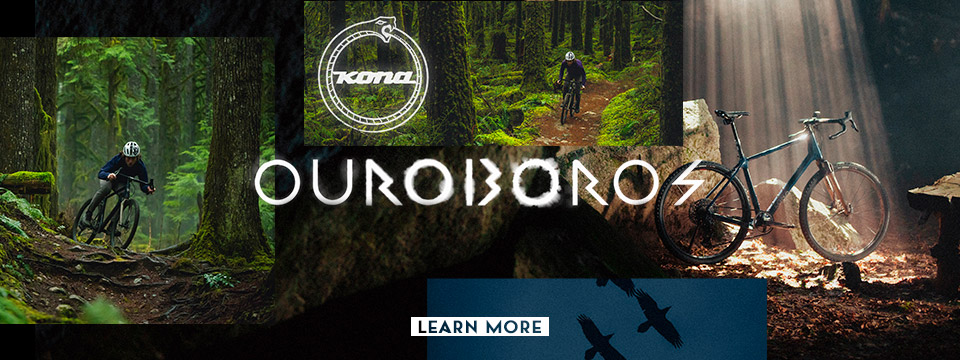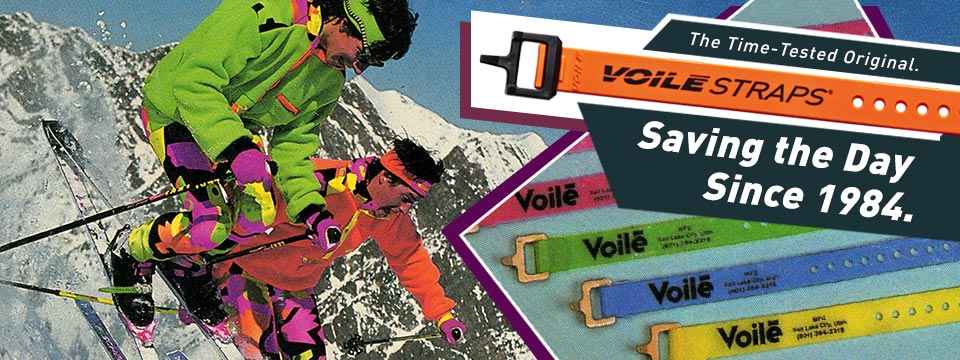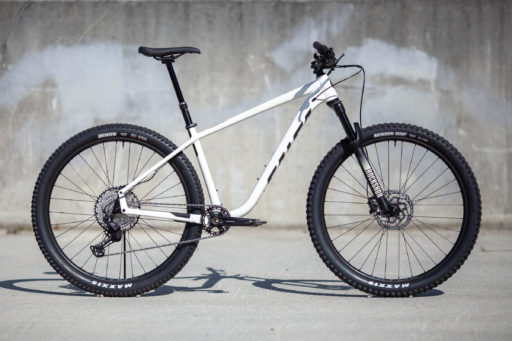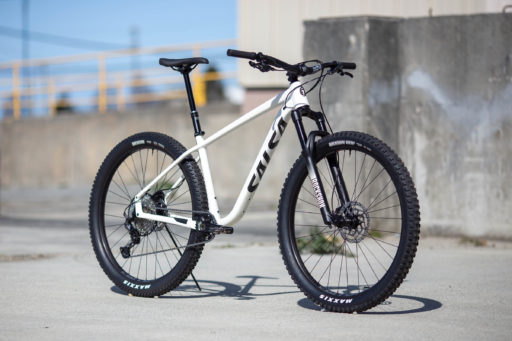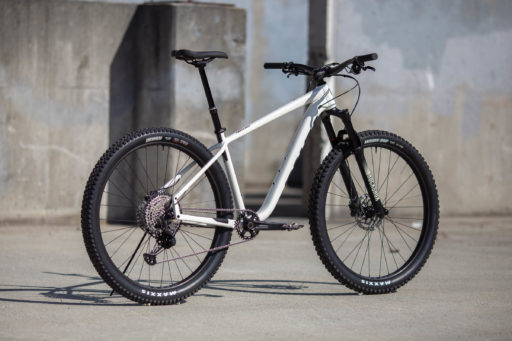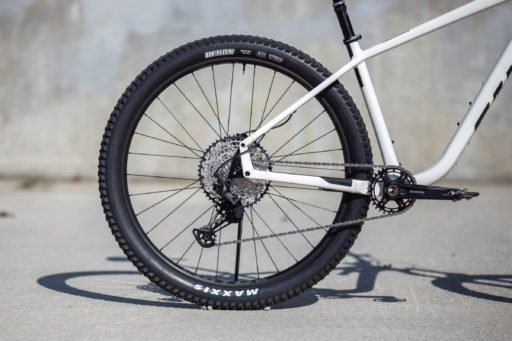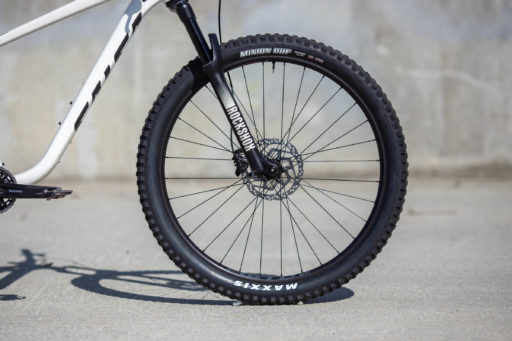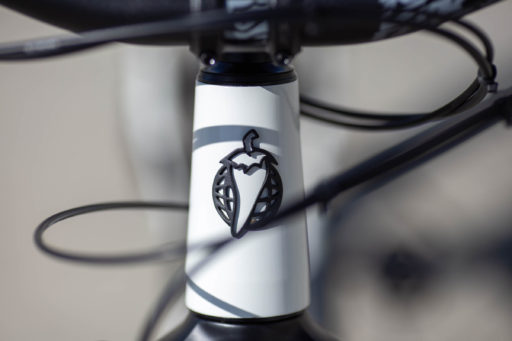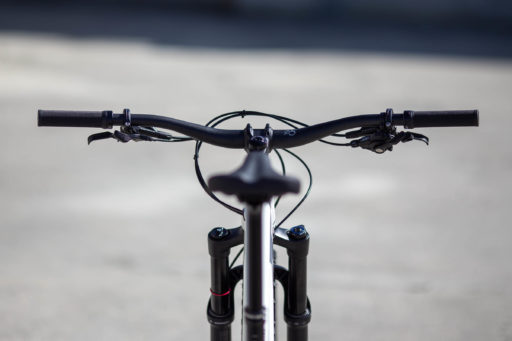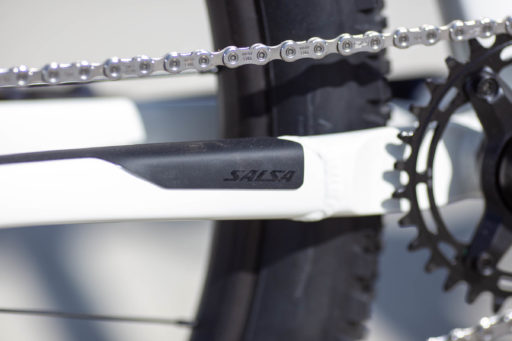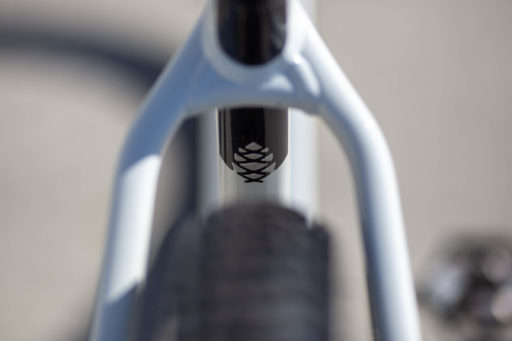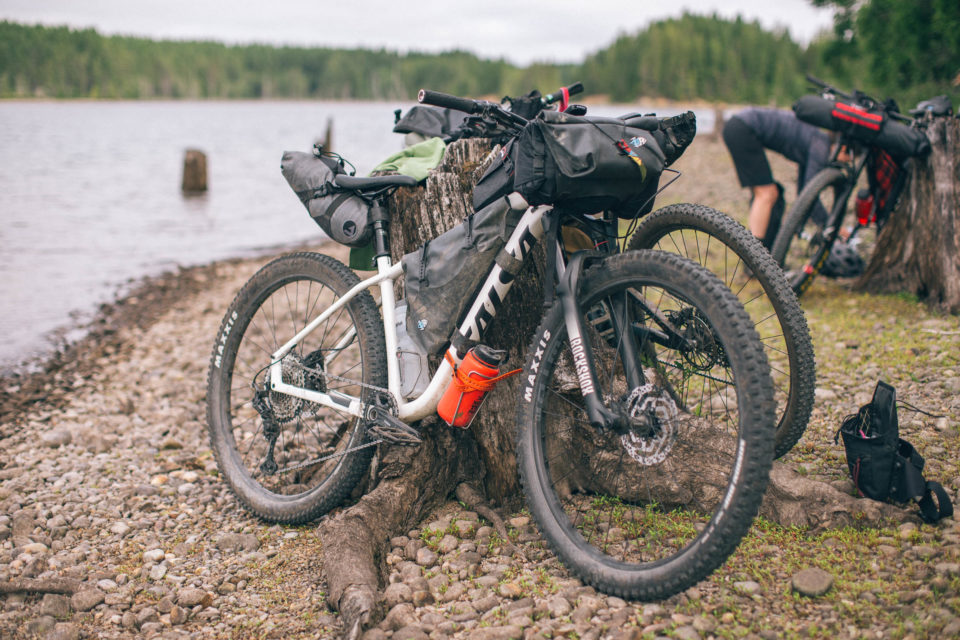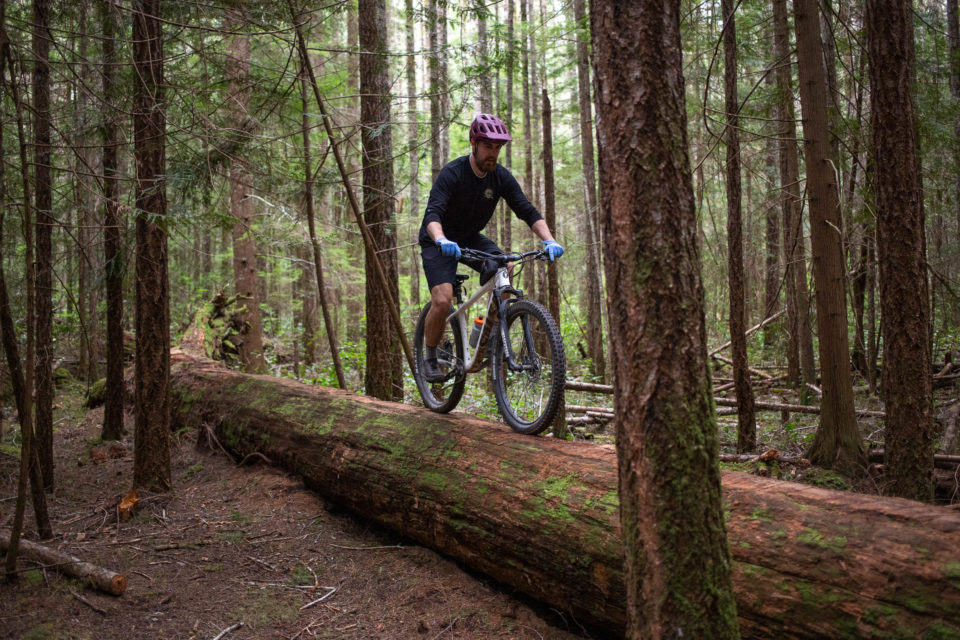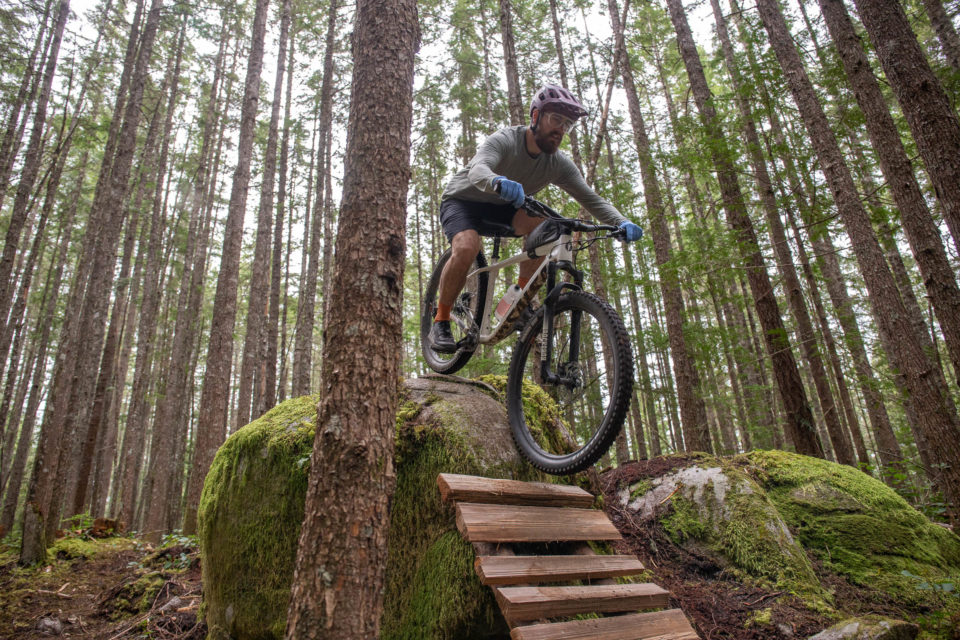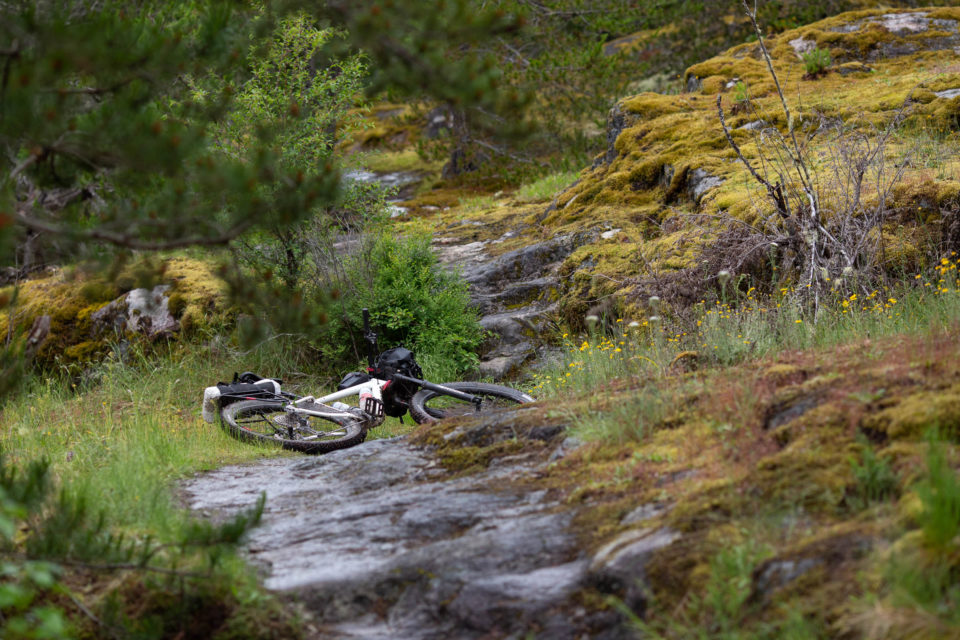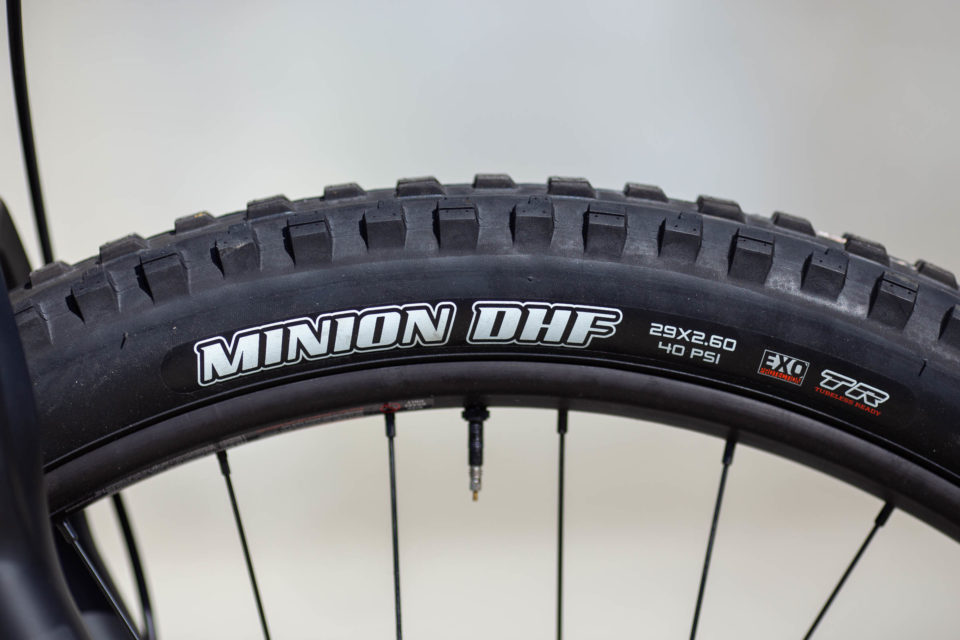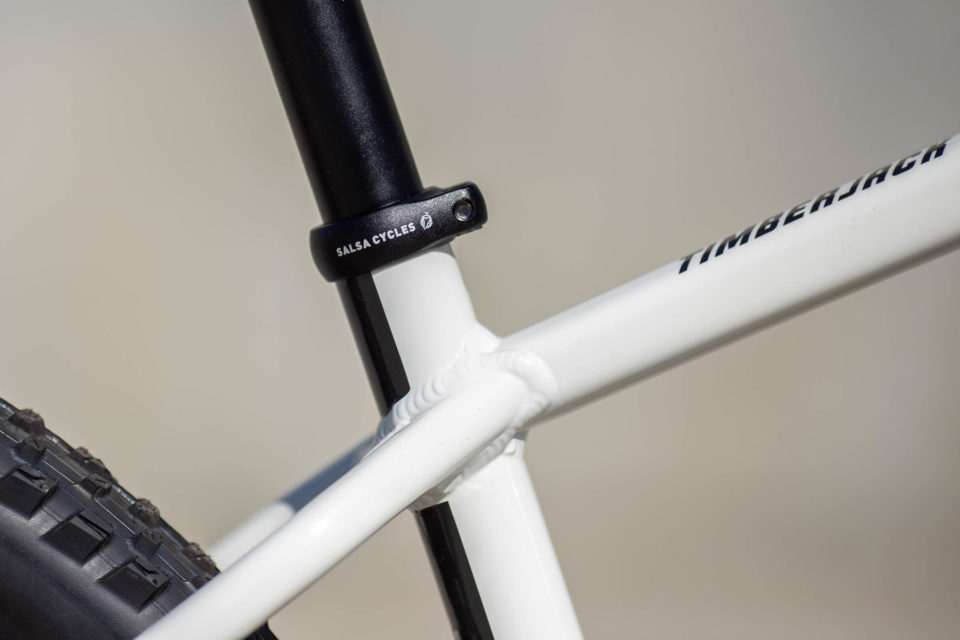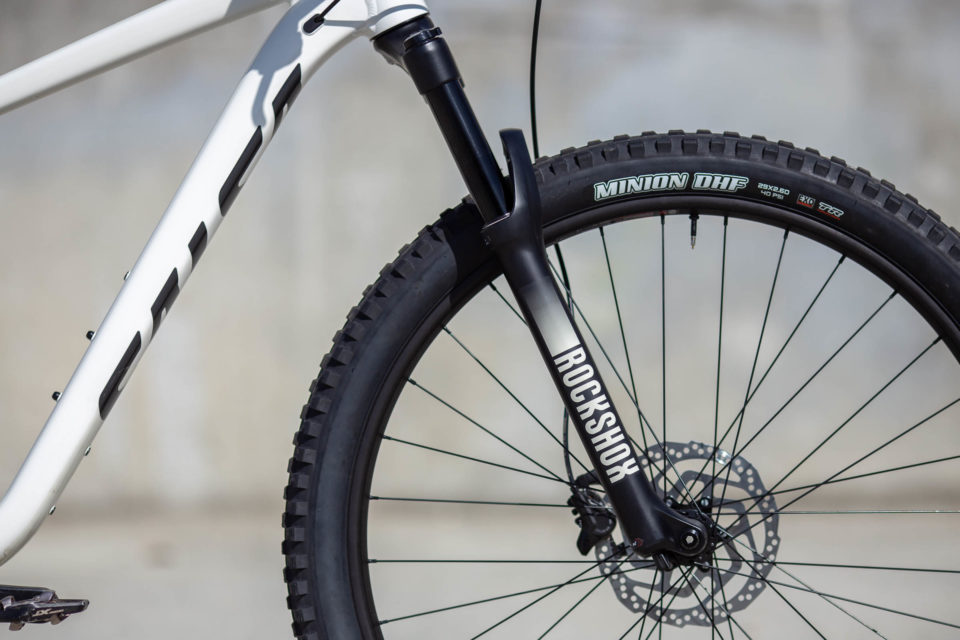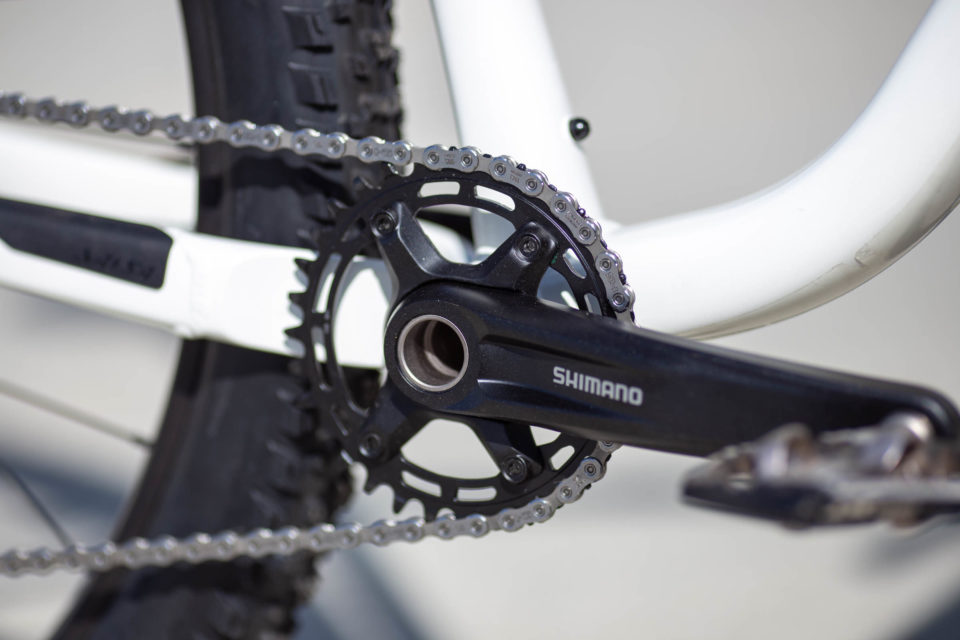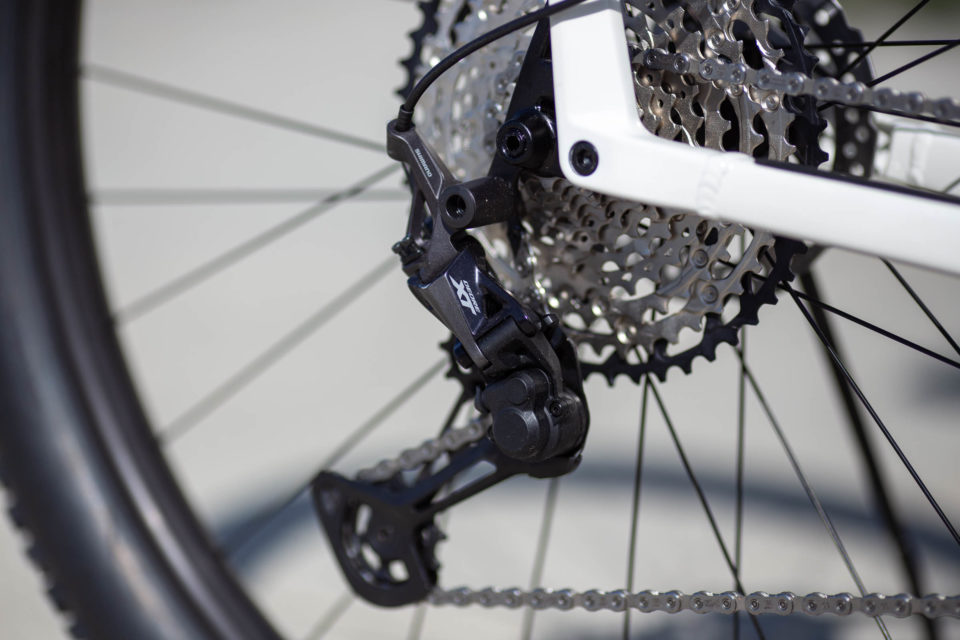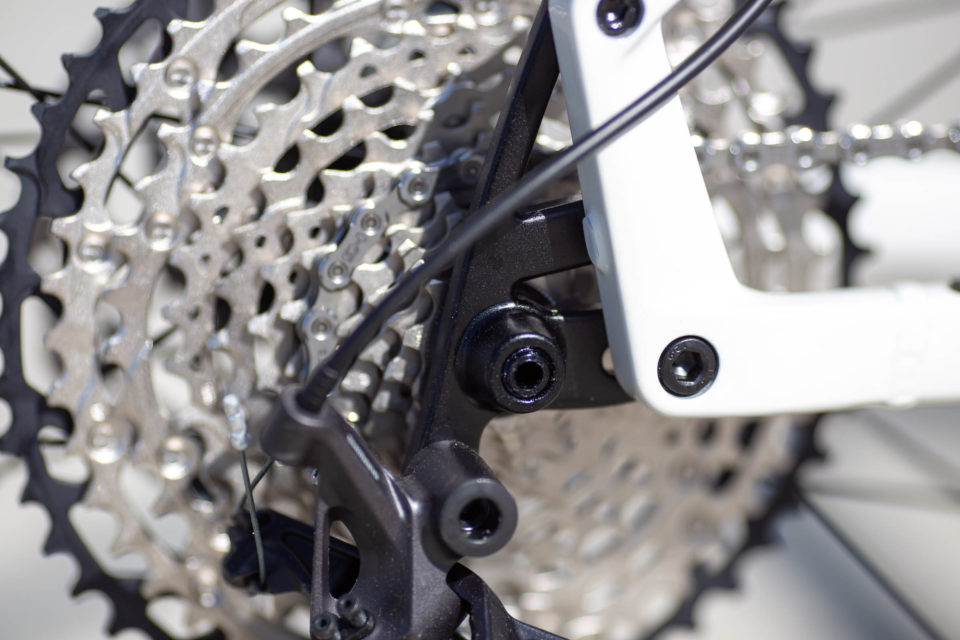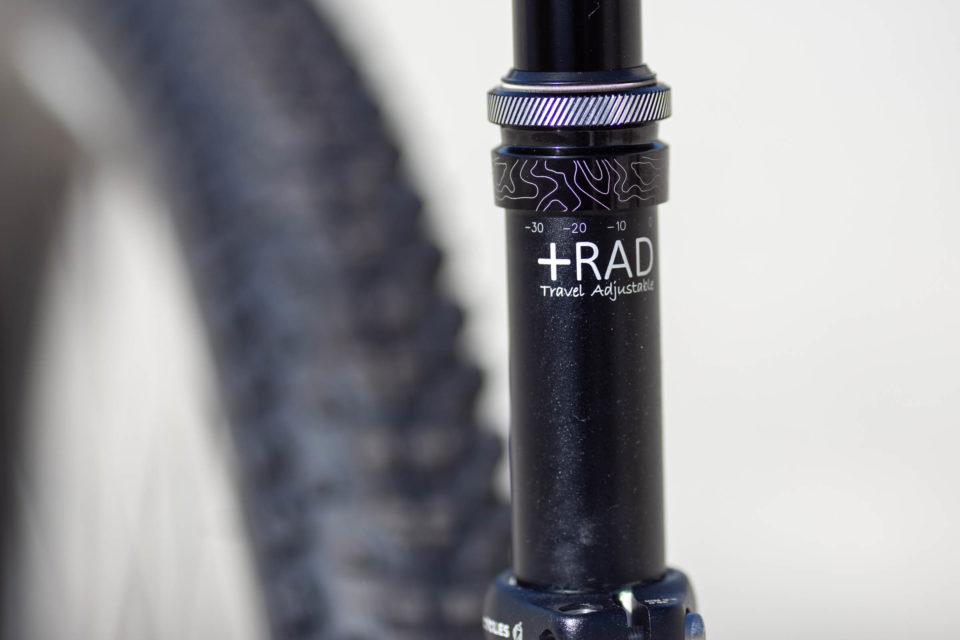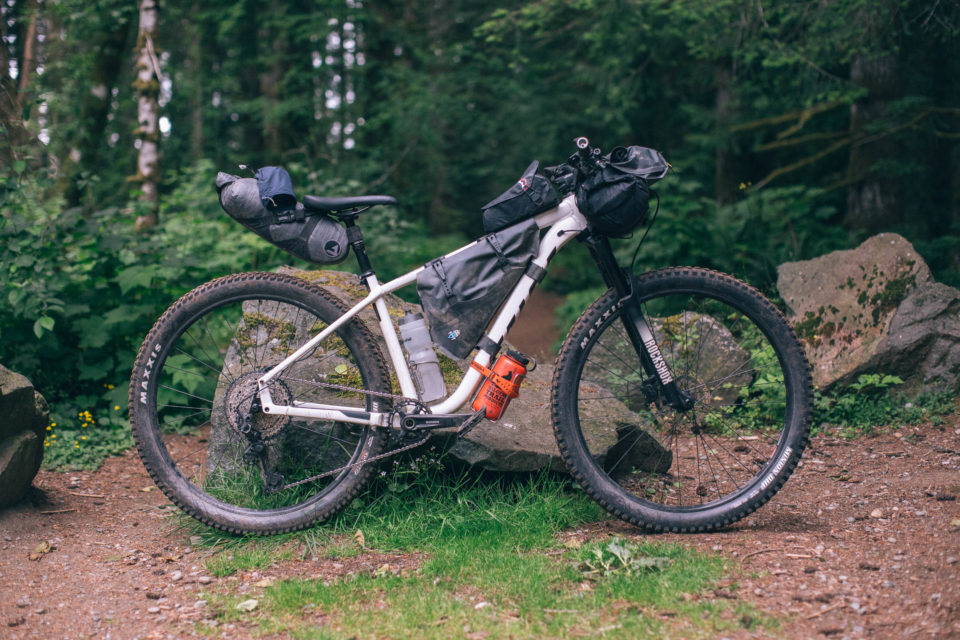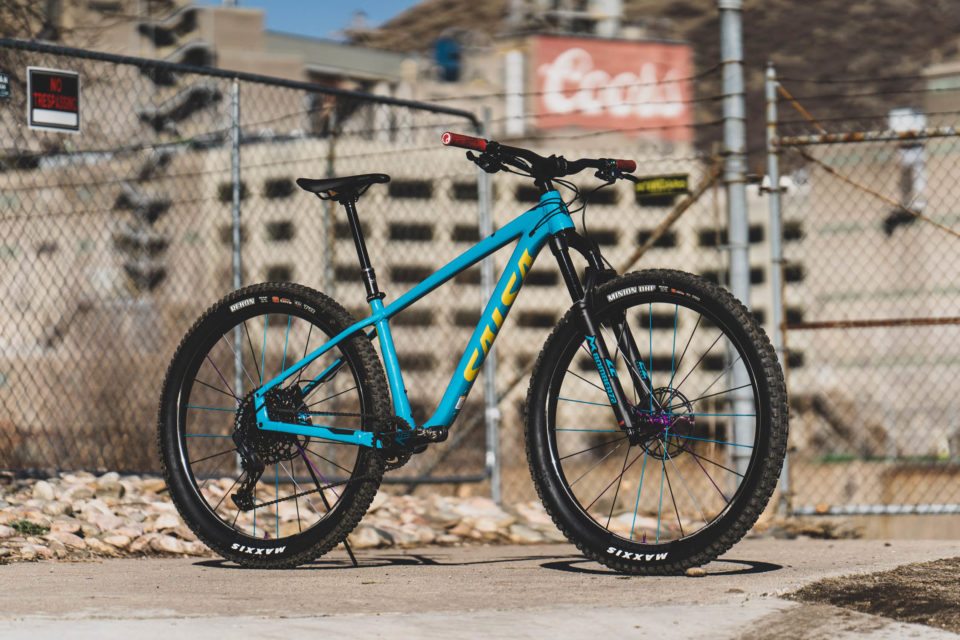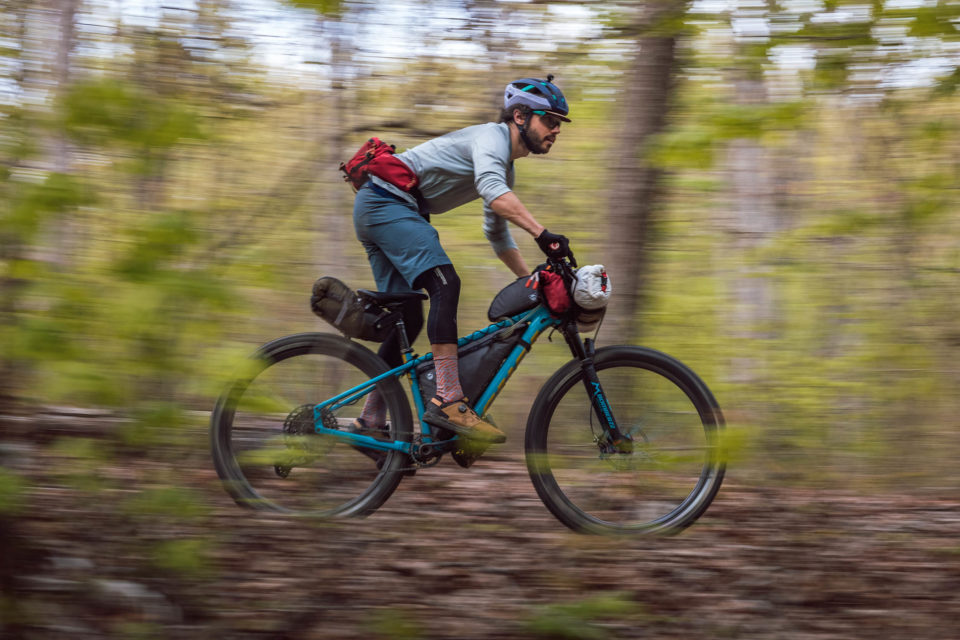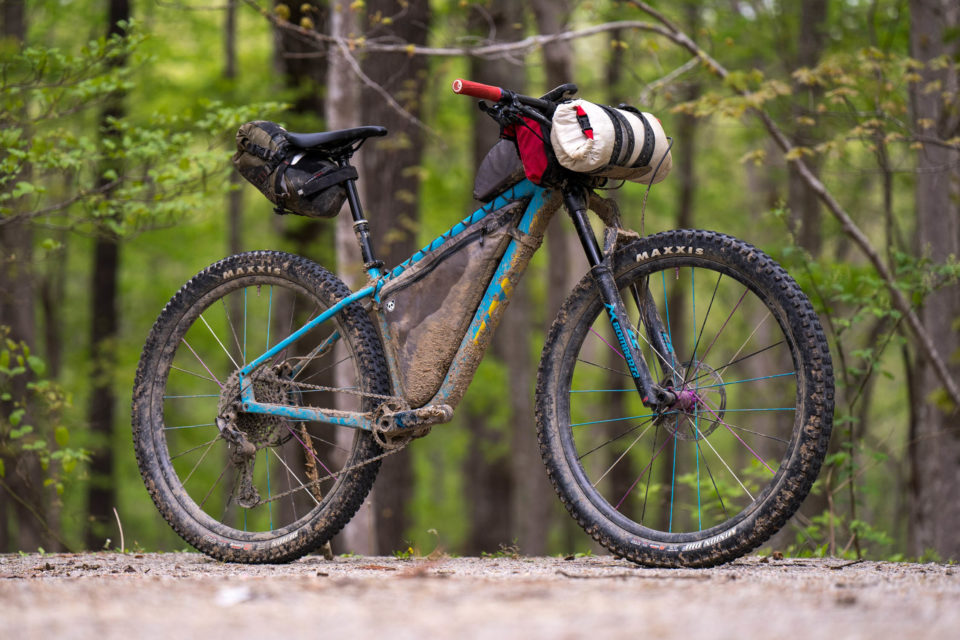2021 Salsa Timberjack Review: Perfecting the Hardtail
For 2021, Salsa announced a major update to the Timberjack, their alloy hardtail. With a redesigned and more progressive geometry, more mounting options, and complete builds ranging from $1,699 to $2,499, we were eager to compare the latest and greatest to the previous version we reviewed. Find Miles’ thoughts on the 2021 Salsa Timberjack XT 29er here, including a deep dive into its new geometry and how that carries over to bikepacking.
PUBLISHED Jun 29, 2021
I was quick to nominate the 2020 Salsa Timberjack that I reviewed last summer for our 2020 Bikepacking Gear of the Year Awards. It was easily one of the most impressive hardtails I’ve ridden, and the competitive price point and great component selection didn’t go unnoticed. Like I mentioned in my review, it’s well-rounded for singletrack, bikepacking, and off-road exploration, and it’s the most capable hardtail mountain bike in the brand’s lineup. Although I consider the 2020 Timberjack to be a homerun for Salsa, there is no question that it’s geometry was a little more reserved compared to what we’ve seen on other modern hardtails.
That brings me to the 2021 Salsa Timberjack. Although the underlying DNA of the Timberjack remains the same, the latest and greatest has received some major updates that look appealing as a more performance-minded hardtail and a singletrack-ready bikepacking rig. Although these updates come with slightly higher price tags, the Timberjack is still offered in eight different build kits ranging from $1,699 to $2,499 USD, all packed with features and specs we appreciate.

So What’s New?
Perhaps the biggest change is the Timberjack’s updated geometry. Keeping on trend with other mountain bikes, the 2021 Timberjack has a longer top tube and wheelbase, lower bottom bracket, slacker head tube angle, and steeper seat tube angle. The headtube angle is raked out by a full 1.2°, and the seat tube angle is nearly 2° steeper. The reach is a whopping 20mm longer, as well. The 66.4° head tube angle is measured at 25% fork sag, and allows longer travel forks to compress through their travel without ever feeling too steep. Salsa claims the Timberjack is optimized for suspension forks from 100mm to 150mm, and rigid forks from 483mm to 501mm—providing some ability to tweak the resting head tube angle, pre sag. Although I’d suggest the new geometry is best suited for 130-150mm of travel. The adjustable 420-437mm chainstay length remains the same, which is fairly short considering the Timberjack’s tire clearance. The seat tube length and standover height is substantially shorter than the 2020 model too, allowing for longer travel dropper posts and better bike/body separation. Unfortunately this translates to less frame bag space.
- Highlights (Large)
- Angles: 66.4° Headtube, 75.1° Seattube
- Chainstay: 420-437mm
- Bottom Bracket: 73mm BSA Threaded
- Hub specs: 148×12 (rear); 110×15 (front)
- Seatpost Diameter: 30.9mm
- Max Tire Size: 27.5 x 2.8” / 29 x 2.6″
- Price: $2,099
Aside from the new geometry, there are also a handful of frame updates that are new for 2021. The Timberjack now has top tube mounts for bolt-on top tube bags or bike computer mounts. The downtube now has a three-pack mount for more versatility and carries over the standard two-bolt bottle mount under the downtube. Although there are still no fixed rear rack bosses, the addition of their Rack-Lock Seatpost Collar and some additional hardware can make it happen.
Oddly enough, the geared 2021 Timberjacks come with Salsa’s Alternator 2.0 dropouts, which provide two fixed chainstay lengths (420 or 437mm) rather than the rotating dropout found on the previous version, the 2021 single speed build, and the 2021 frame. The new alternators are swappable for different lengths but don’t rotate for fluid stay length adjustment and you’d have to purchase the other plates separately to set it up singlespeed, for example.
There are also a few smaller tweaks including revised cable routing, which appears to be smoother and more aesthetically pleasing—particularly where the rear brake and derailleur enters the seat stays and the dropper post no longer exits and re-enters the frame above the bottom bracket. It now has a shorter, straight seat tube which allows for longer dropper posts (170mm vs 150mm on the size large), and has some integrated rubber chainstay protection.
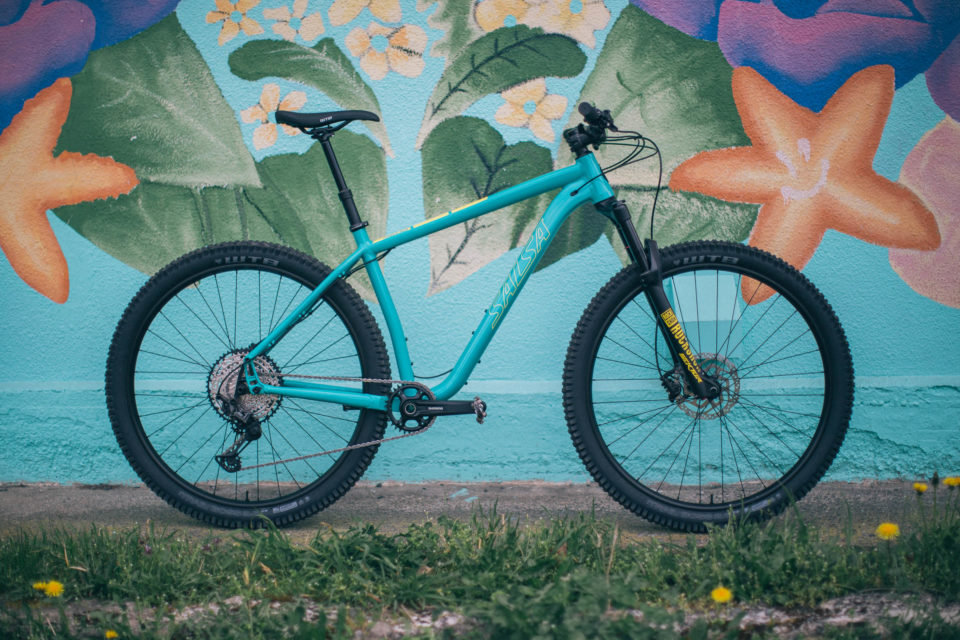
 2020 Timberjack (left), 2021 Timberjack (right)
2020 Timberjack (left), 2021 Timberjack (right)
The Evolution Continues
The most exciting changes to the new Timberjack are geometry-related. And having spent a solid amount of time riding the 2020 Timberjack, I was eager to see just how different the latest version felt out on the trail. So, where to start? For those that haven’t read my review of the 2020 Salsa Timberjack, here’s how I wrapped up that article:
“The Salsa Timberjack XT 29 has been an incredibly fun bike to ride. Its well specced build kit and reasonable price tag set it apart from other aluminum hardtails, and add up to an incredibly capable and great riding trail bike. The Timberjack’s conservative angles may be less than desirable for non-bikepackers, but they actually increase the bike’s overall versatility and weren’t a deal breaker for me. The Timberjack is still a trail bike at heart and although I think it hits a sweet spot for everyday riding and singletrack-heavy bikepacking, its long front and short rear end isn’t going to be for everyone. With that said, the latest Timberjack builds are quite impressive and the ride quality sets a high standard for what an aluminum hardtail can do. I tried to push the Timberjack pretty hard over the last three months, but I honestly don’t think I came close to finding its limits.”
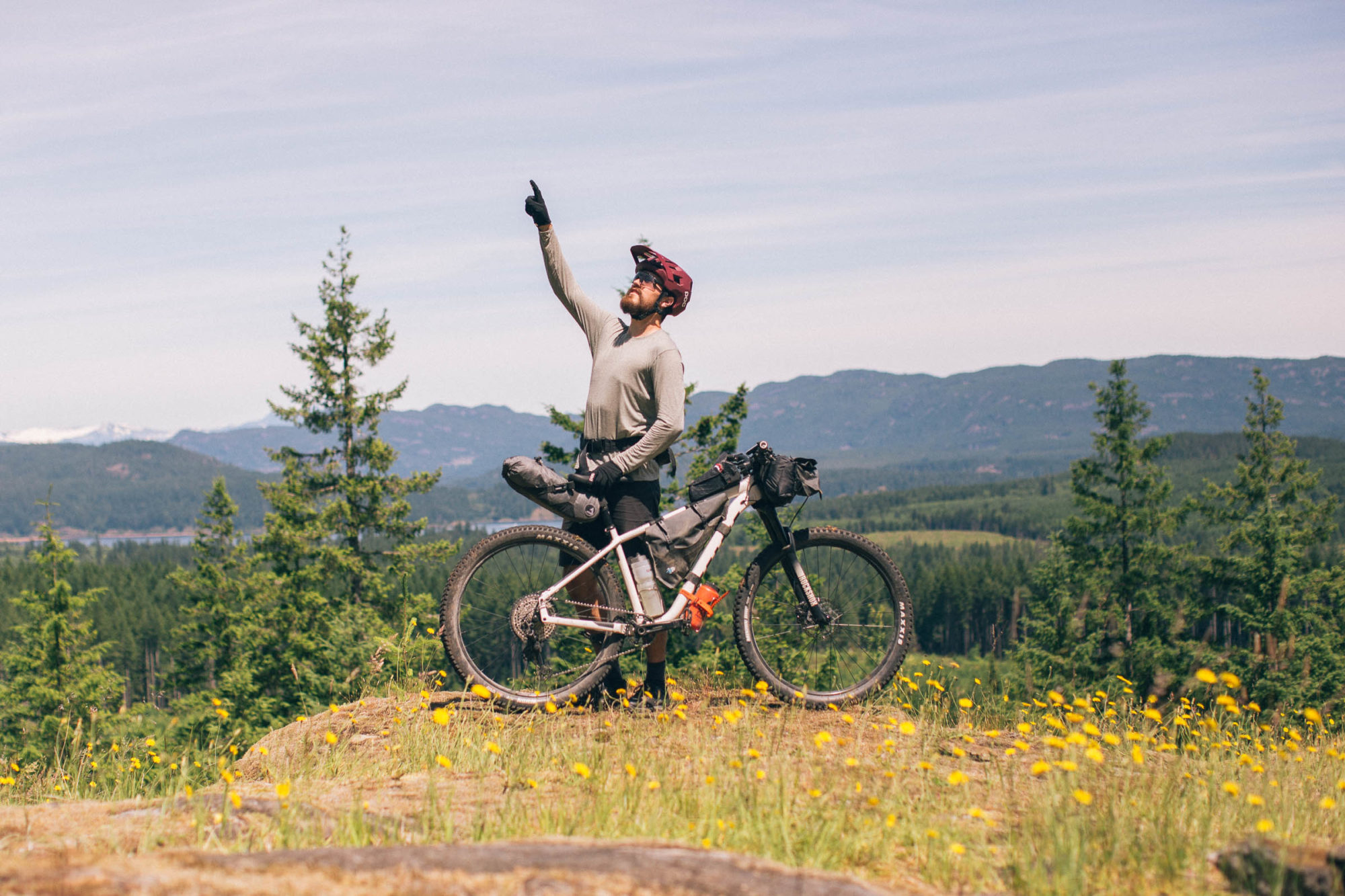
In short, where the Timberjack lacked more modern trail bike geometry it made up for with it’s well-appointed build kits and overall versatility. At the time, I wasn’t aware that Salsa would be launching an updated version of the Timberjack the following year and frankly didn’t think it really needed it. As far as mid-priced aluminum hardtails go, it had a lot going for it, and Salsa could have easily carried over that versatility and bikepacking-friendly design for 2021. Instead, they pushed it even further into the modern trail bike category.
Although the geometry looks significantly different on paper, much of what I liked about the previous Timberjack remains the same for the 2021 model. It still has a balanced, semi-aggressive riding position that feels as suitable for rowdy day rides as it does on multi-day bikepacking trips. That leads me to one of the positive aspects of the Timberjack that I failed to highlight in my previous review—the fit is spot on. I’ve recently had fit issues with a few other test bikes, and although I can’t expect all bikes to fit without modification, the Timberjack seems to offer a comfy respite that simply works for me. Salsa also continues to offer the Timberjack in a wide size range that will likely fit a variety of body types and sizes. It would be the perfect bike for nearly any rider to throw a leg over and head out on their first bikepacking trip, but completely holds its own as a hardtail mountain bike for more experienced riders.

On The Trail
On the trail, the geometry changes were quite noticeable—more so on the downs than the ups. The slacker head tube angle, longer reach, and slightly lower stack height, paired with some familiar chunky 29×2.6” tires charge down steep descents and carve through corners. Although it’s not particularly lightweight, it’s an incredibly lively bike at speed and actually had me riding some technical lines here in Powell River that I had previously shied away from.
The best part is that it accomplishes a more confidence-inspiring prowess without sacrificing low-speed riding characteristics, its climbing ability, or how it feels on mixed surface, multi-day trips that include some gravel or pavement here and there. Salsa managed to take the already impressive Timberjack platform, make it more capable on the descents, and modernize it, without taking away from it’s bikepacking potential and overall pedal-friendly demeanor. A homerun in my opinion.
While the Timberjack was stable and planted on climbs and low-speed technical singletrack, it never felt sluggish or unresponsive. The wide bars, great tire combination, and more modern angles felt natural leaning into banked corners and allowed me to glide efficiently and playfully through all kinds of different terrain. A few times I got hung up on really tight, awkward sections of the trail, and the weight of the bike didn’t help, but once you get the Timberjack rolling, there’s not much that will make it stop. It’s a great example of just how good a ~$2,000 aluminum hardtail can be.
2021 Timberjack XT 29 Build Kit
The Timberjack XT 29 build packs in lots of great components for $2,099 USD. It’s kitted out with a wide range 1×12 Shimano XT/SLX drivetrain, a travel adjustable TransX dropper post, and one of our favorite tire combos, 2.6” Maxxis Minion DHF up front and a Rekon in the back—the perfect tire combo for trail riding, or so claims Logan. Salsa kept the price down with a RockShox 35 Gold 130mm travel fork and inexpensive Shimano hubs, but neither caused me any problems during my test period. The lower-end RockShox fork felt fine on the majority of trails I rode it on, right up until bigger hits and rolls that ate up its 130mm of travel almost instantly and begged for something more progressive that is less prone to bottoming out. The bike itself can handle pretty much anything you throw at it, so upgrading the wheels and fork down the road to better suit its capability seems very realistic. All in all, the various builds offer great value, which is why the Timberjack is so appealing as a mid-range aluminum hardtail. It just so happens that they also nailed the geometry, which can’t be upgraded.
2021 Salsa Timberjack XT 29 Build Kit
- Frame: 6066-T6 Aluminum
- Fork: RockShox 35 Gold RL Air, 130mm
- Seatpost: TransX Dropper Post, Travel Adjustable
- Headset: FSA Orbit NO.57E, Sealed Cartridge Bearings, 1 1/8″ x 1 1/2”
- Bottom Bracket: Shimano SM-BB52
- Brakes (Front): Shimano MT501, hydraulic two-piston, 180mm rotor
- Brakes (Rear): Shimano MT501, hydraulic two-piston, 160mm rotor
- Shifter: Shimano XT M8100 12-Speed
- Rear Derailleur: Shimano XT M8100 12-Speed
- Cassette: Shimano SLX M7100 Cassette, 12-Speed, 10-51T
- Crankset: Shimano MT-510, 32T
- Chain: Shimano SLX
- Front Hub: Shimano MT400-B, 110x15mm
- Rear Hub: Shimano MT410-B, 148x12mm
- Rims: WTB ST i30 32h 2.0
- Tires: Maxxis Minion DHF (Front), Maxxis Rekon (rear), 29 x 2.6″, EXO TR
- Handlebar: Race Face Chester 35mm
- Stem: Salsa Guide Trail 35.0
- Saddle: WTB Volt Medium, steel
- Grips: Salsa File Tread Lock-on
No One’s Perfect
As a bikepacking bike, the Salsa Timberjack is one of the first bikes I recommend to folks looking for a fun, do-mostly-everything hardtail. It’s a relatively value-priced bike that’s packed with features that are hard to come by in such a complete package, especially considering it’s pricepoint. Yet, it’s not perfect.
The Timberjack’s aluminum frame, while affordable, isn’t the most forgiving when things get really rough. Feedback is beneficial, and is what makes a hardtail so much fun, but I often felt as if it didn’t take long to surpass the Timberjack’s comfort point, but that’s not to say it can’t hold its own on some very challenging trails. I’m not a fan of the 35mm bars. The oversized aluminum bars felt too stiff, which I believe were the cause of some of the discomfort I experienced on more rugged and bumpy trails. I believe swapping to a 31.8mm stem and upgrading to a carbon bar would make a world of difference.

The change to Alternator V2 dropouts seems like a step backwards, and it would have been nice to see the adjustable rotating Alternator dropouts on all models, allowing for an easy singlespeed conversion and on the go chainstay length adjustment. My guess is that these might be a little more robust for the rough conditions the new Timberjack is built for. The frame is already plastered in different mounting points, so it seems like dedicated rear rack mounts should be standard. I ran a Salsa Alternator Rack and Rack-Lock seatpost collar for some of my testing, and it felt like a great way to add some more carrying capacity to the bike or to help keep the dropper post bag-free and smooth. The rear rack system works, but I’d prefer to see some fixed seat stay and dropout mounting points positioned closer to the axle to allow for better rack compatibility.
Trails and Beyond
Although the latest Timberjack is more rowdy than ever, and the geometry tweaks are subtle yet noticeable, much of what I thought of the 2020 Timberjack remains true. On a recent trip to visit my friend Skyler, I rode his 2018 Rocky Mountain Instinct while he gave the Timberjack a whirl, and it was quite amazing to see how similar they felt on the trail. Sure, the Instinct is much more forgiving but the overall feel, position, and geometry wasn’t too far off. Besides the obvious, the Timberjack is in some ways a close relative to some mid-travel enduro bikes from a few years ago, just with better pedaling characteristics.
While the Timberjack makes for a fantastic bikepacking bike, it can also shred pretty hard, and shouldn’t be overlooked for anyone looking for a solid hardtail for everyday riding. I’m sure lots of folks out there preferred the less progressive vibe of the 2020 Timberjack, but I’m sold on the updated geometry which comes at no real cost besides slightly less frame bag space.
The longer and slacker front end, accompanied by a lower bottom bracket, really helped keep the Timberjack in check on steep descents. I also felt as if the updated angles helped make the most of the 6066-T6 aluminum frame, adding to its ability to tackle gnarly trails. While the Timberjack isn’t necessarily begging to become airborne, it has a lively feel that really shines on trails with berms, fast descents, and small kickers. It’s not really a matter of what it can do, but rather what it can’t do.
If you haven’t already, give Neil’s video review of the 2021 Timberjack a watch below. He has spent some serious time riding one this spring, and upgraded a few key components to improve the ride quality and shed some weight.
Pros
- Great value in a hardtail mountain bike
- Almost perfectly tuned geometry for trail riding and bikepacking
- More mounting points than ever
- Surprisingly capable
- Sizing and fit is spot on
Cons
- Low-end fork has limitations
- Heavy. Especially the rear end
- 35mm handlebar and stem aren’t for everyone
- Not the most forgiving frame
- Model / Size Tested: 2021 Salsa Timberjack XT 29, Size Large
- Weight As Tested: 31.1 pounds (14.1kg) with flat pedals
- Place of Manufacture: Taiwan
- Price: $2,099 USD
- Manufacturer’s Details: SalsaCycles.com
Wrap Up
Salsa managed to update an already impressive bike to the point that the changes are noticeable but the underlying DNA of the Timberjack remains the same. The slightly slacker head tube angle, steeper seat tube, and longer reach address some of the geometry-related issues I had with the previous version—improving it’s aggressive trail handling without sacrificing how it climbs or performs as a bikepacking rig. With eight different value-packed builds to choose from, including a frame-only option, it’s a wide-reaching and versatile platform that remains relatively affordable.
Last year’s Timberjack placed top three in our top bikepacking bikes category of our 2020 Bikepacking Gear Awards roundup and I’m already submitting my vote for the 2021 model for this year’s awards. I’m half-convinced that I should swap some higher-end bits over to the Timberjack to see how much better it performs and to properly discover just how much further the Timberjack can be pushed. I expect it has even more to offer.
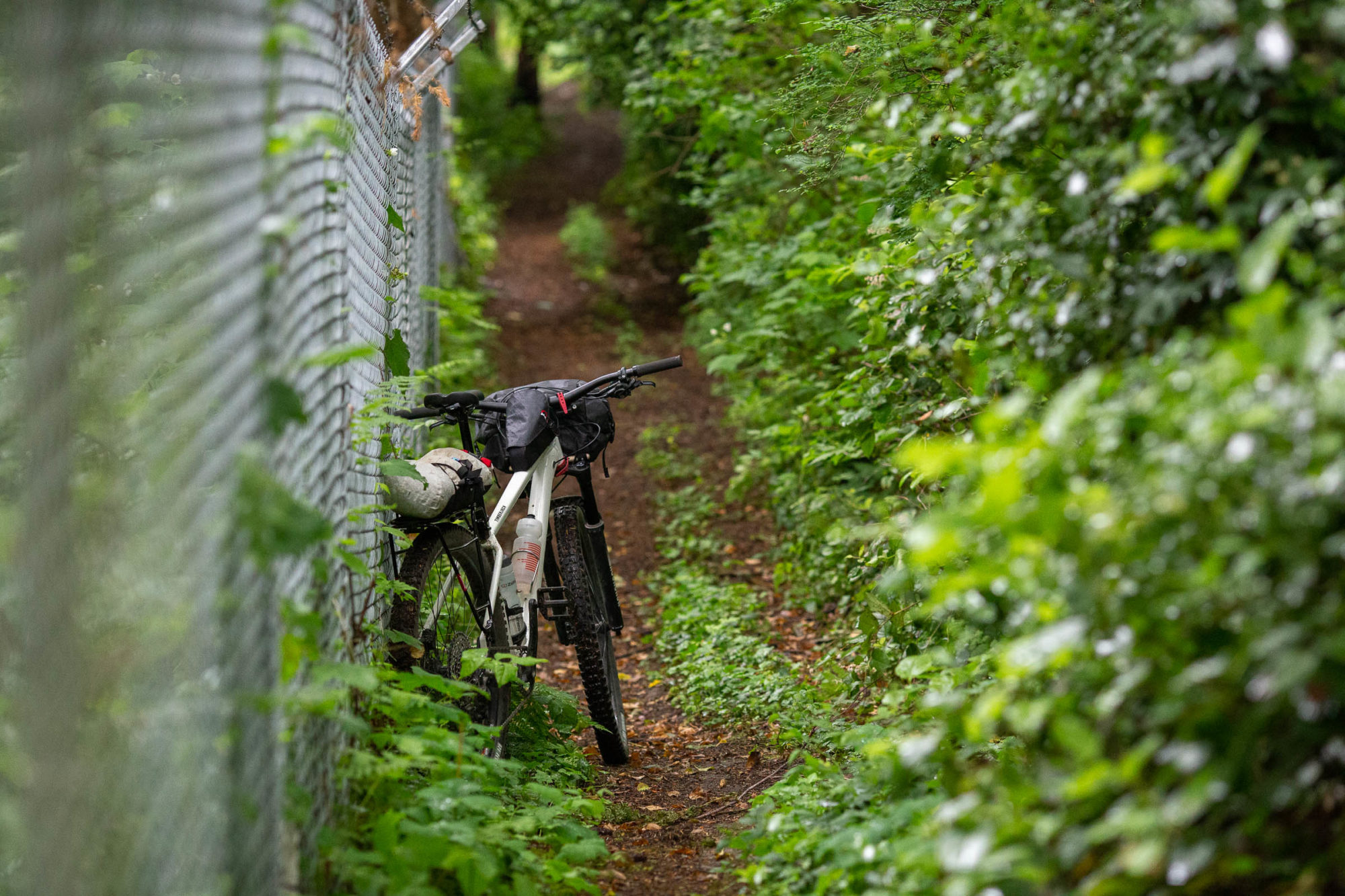
Please keep the conversation civil, constructive, and inclusive, or your comment will be removed.






